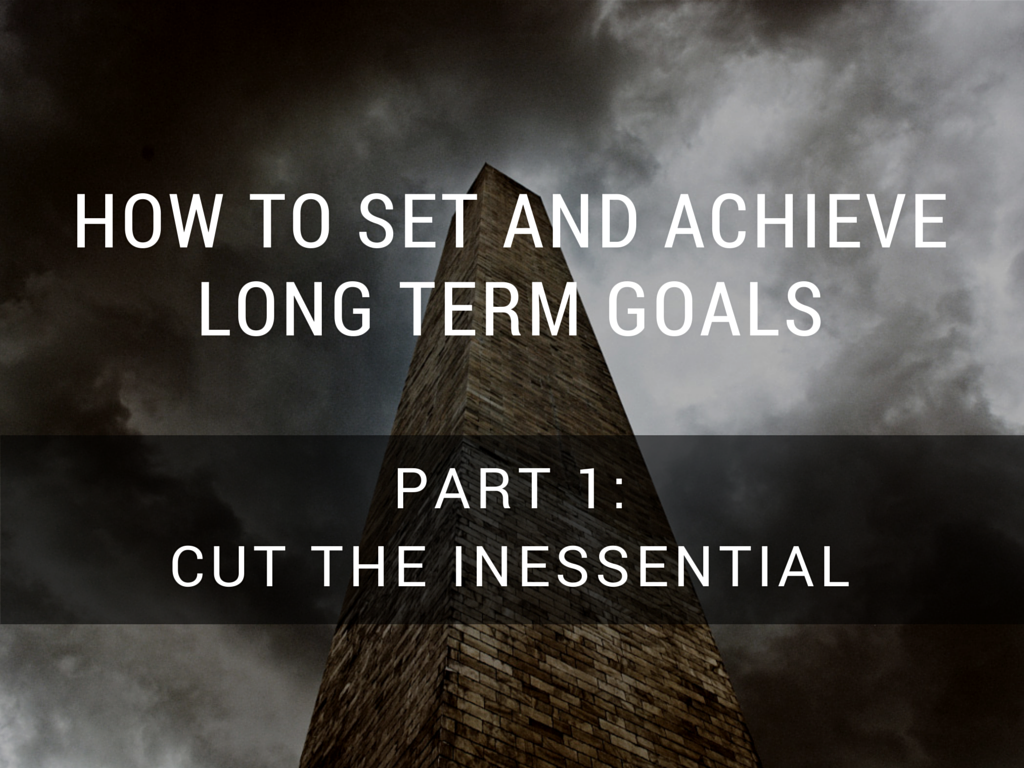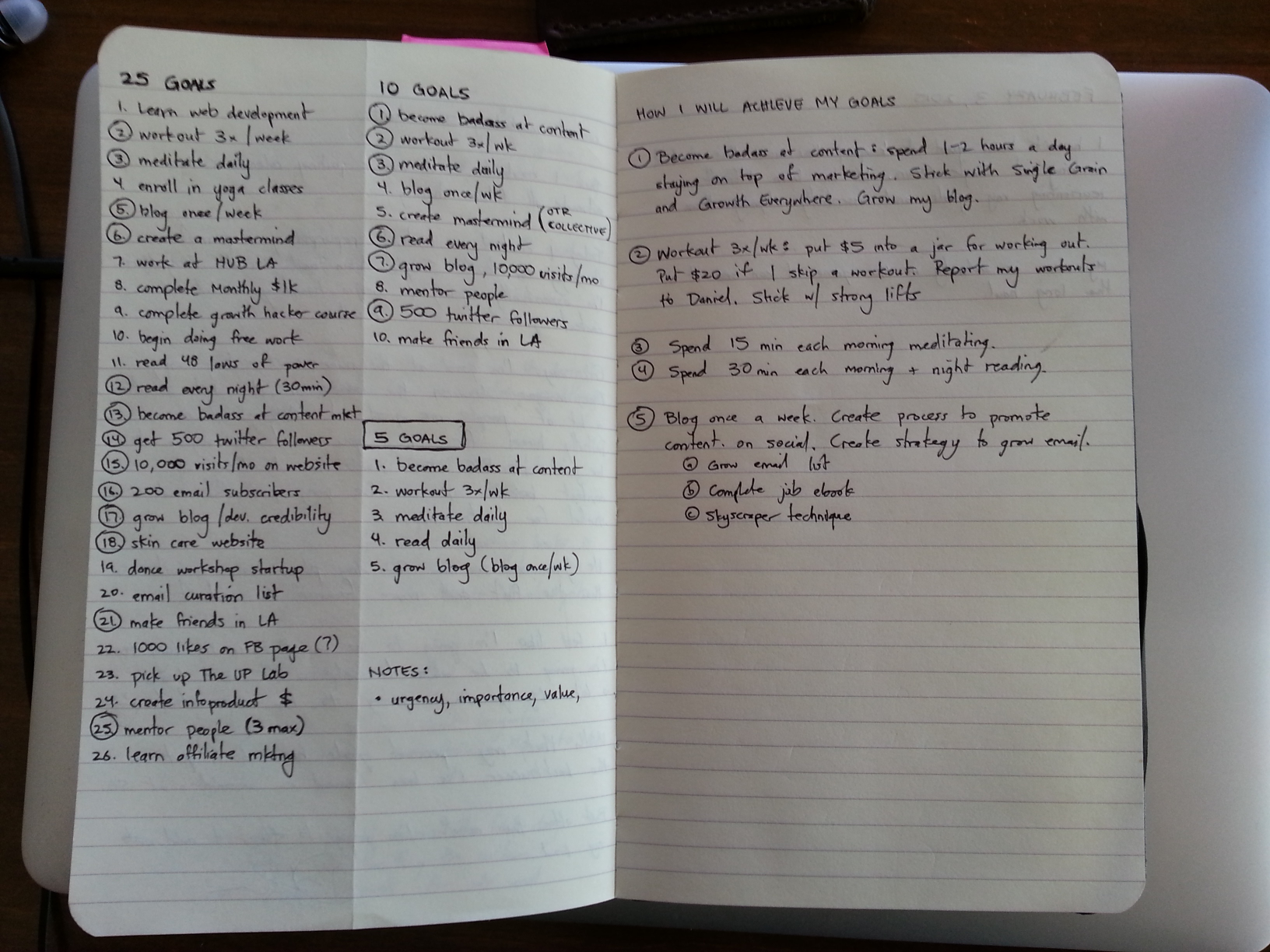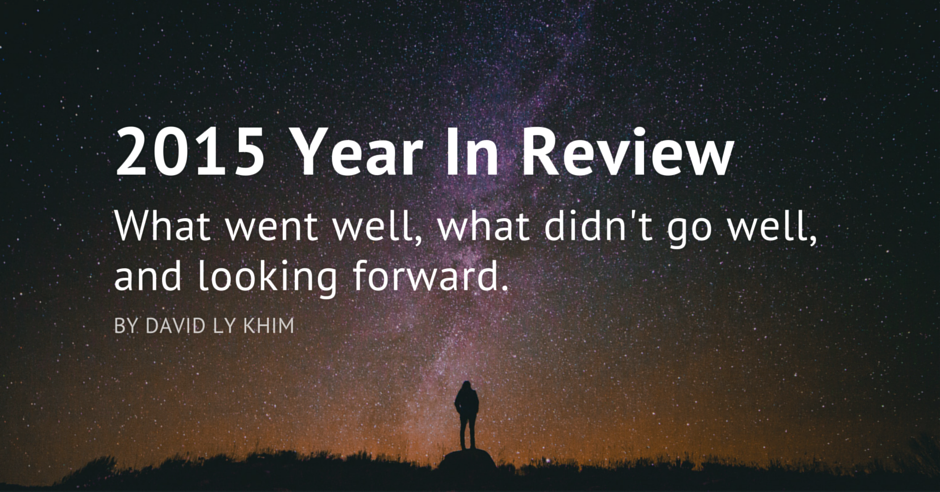
Anyone who’s trying to get a lot done has probably been in the same boat and probably came to the same conclusion: you can’t do it all.
You get overwhelmed and burnt out.
I learned a better way to complete the projects that were important to me.
First I’m going explain how I previously structured my projects and tasks. Then I’ll point out the flaws in my previous approach. I’ll end by telling you you how I changed my approached and ended up completing all of my most important goals.
A Misleading Project Structure
My weekly task list was divided into four projects at the time:
- The UP Lab
- A crowdfunding campaign
- Freelance marketing for a screenwriter
- Me
Keep the project of me in mind as you read. I’ll tell you more about that below.
Each project had it’s own list of tasks. But each project had one or two big tasks to tackle.
So while I had one bullet point for a task for my crowdfunding project, for example,
- Crowdfunding campaign
- Pitch news outlets about Indiegogo campaign
That single bullet point didn’t account for the multiple steps involved to complete that task.
That single task deserved at least five sub tasks underneath it.
- Crowdfunding campaign
- Pitch news outlets about Indiegogo campaign
- research writers who report on crowdfunding campaign
- research writers who report on student athletes
- create a list and gather emails, Facebook profiles and Twitter handles for all writers
- create pitch for the two types of reporters
- send out email pitch to all writers
- if no response, two days later, Tweet at all writers
- if not response, two days later, Facebook message writers
- Pitch news outlets about Indiegogo campaign
That one bullet point was misleading. It didn’t allow me to properly assess how much was time was required to finish that task.
Now, imagine having a big project for each project I had going on. I was too ambitious with how many projects I thought I could handle that I couldn’t actually achieve anything.
Too much ambition decreased my chances of reaching my goals.
I realized I had to cut the inessential.
Many Goals Won’t Lead to Achieving Big Goals
I should’ve learned this lesson much sooner. I had various projects and involvements going in in college. On paper it looks like I did a lot. In retrospect, I didn’t have extreme achievements.
At one point in college, in addition to being a full-time student I:
- began my own consulting business
- held a vice president position for a dance organization
- danced and performed regularly
- conducted chemistry research part-time
- worked part-time
- hosted a community project
- developed an independent organization, and
- had a girlfriend
I’d be lying if I said I put my 100% into any of those things.
Although I learned to work efficiently, efficient doesn’t equate to effective. Truth is, I was always jumping from one thing to another, I couldn’t dedicate large blocks of time to further developing any one thing.
I couldn’t continue functioning that way. It was detrimental to my relationships and I often got stressed, overwhelmed and burnt out.
Burnout is the last thing you want. The recovery time for mental exhaustion can be lengthy.
I’ve pushed myself to burnout more than I’d like to admit. It often took me up to three weeks to recover mentally and to resume the grind.
During those three weeks, I’d be in a lull and I’d feel stagnant. That often led to a state of mild depression.
If you want to go on to do big things and have an impact without burning out, I suggest you avoid what I did and instead take this next approach.
Warren Buffett’s Two List Strategy (cutting the inessential)
Often cited as one of the wealthiest people in the world, Warren Buffett knows more than a handful of things about success.
He utilized a two list strategy to focus on the most important things.
You can use this strategy in your own life to achieve your most important goals.
The first step is to make a list of 25 goals you want to achieve. The goals can be long- or short-term, personal or professional. Just get all your goals down on paper.
This is list one.
Now comes the hard part.
Narrow your list of 25 goals down to 5. It helps to cut it down to 10, then 5.
This is list two.
Now you might be wondering, “Okay, so these are my five goals I focus on and in my free time I’ll work on the other 20 from list one.”
Nope.
Those are your five goals. And those are your only goals until you achieve them. You are not allowed to allocate time to anything but achieving those goals.
You have to force yourself to focus ruthlessly on the most important things and recognize that anything else–including the items on list one–is a distraction.
It’s difficult because the entire list of 25 is personal. You care about each of those things, but you have to decide which goals are essential and which are not. Then you can eliminate the inessential.
In my case, my list of 25 had a variety of goals ranging from daily meditation to obtaining a new marketing job. However, there was a stark contrast between this short list and my four project list from the beginning.
If I were to categorize my new short list of goals into a project, every item would be under the project of me.
So even though I narrowed that 25 down to 5, I was happy knowing each each of those things was to make my life better and push me closer to the person I want to be.
Ask yourself if what you’re doing is going to get where you want to be. If the answer is no, then stop. Look at your list of five and focus on that.
Avoid the mistake I made. Avoid the hectic list of dozens of to-dos and focus on your priorities.
As you can see from the image below, my to-do list became much less hectic.
And there’s only one category, me.
Bonus: You Can Complete Goals without Focusing on Them
After narrowing my goals down to, I lived and breathed those five goals for three months. If I caught myself doing something that didn’t contribute to achieving those goals, I’d immediately stop.
After three months, I realized I had achieved all five goals, so I had to reevaluate. Here’s the crazy part.
When I reviewed my initial 25 goals, I realized I had accomplished almost all of them indirectly.
Not bad.
In essence, I did do everything I wanted to do on that list of 25.
Conclusion
When you focus on what you want, you’ll be able to avoid distractions and accomplish the things that are most important to you.
James Clear said, “the most dangerous distractions are the ones you love, but that don’t love you back.” So make sure whatever you decide to focus on is loving you back in return.
What are you focusing on? Let me know by commenting below or shooting me an email.
In part two of this series, I’ll explain how you can set yourself up to achieve your top five goals. (:
Stay tuned!


